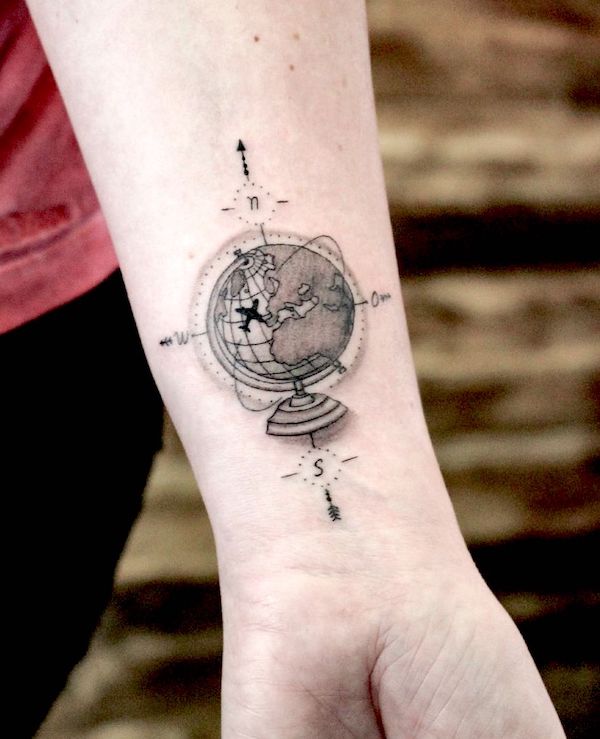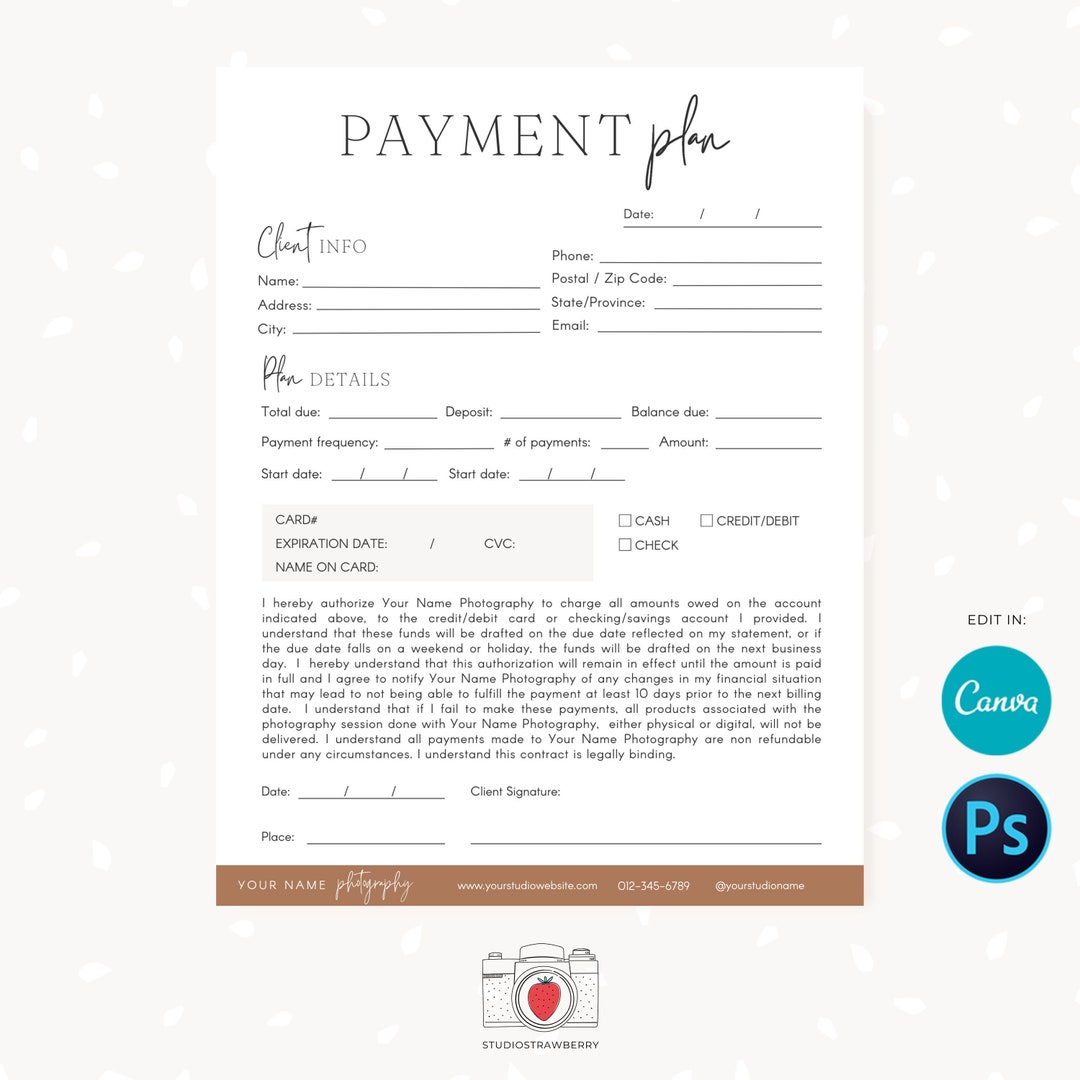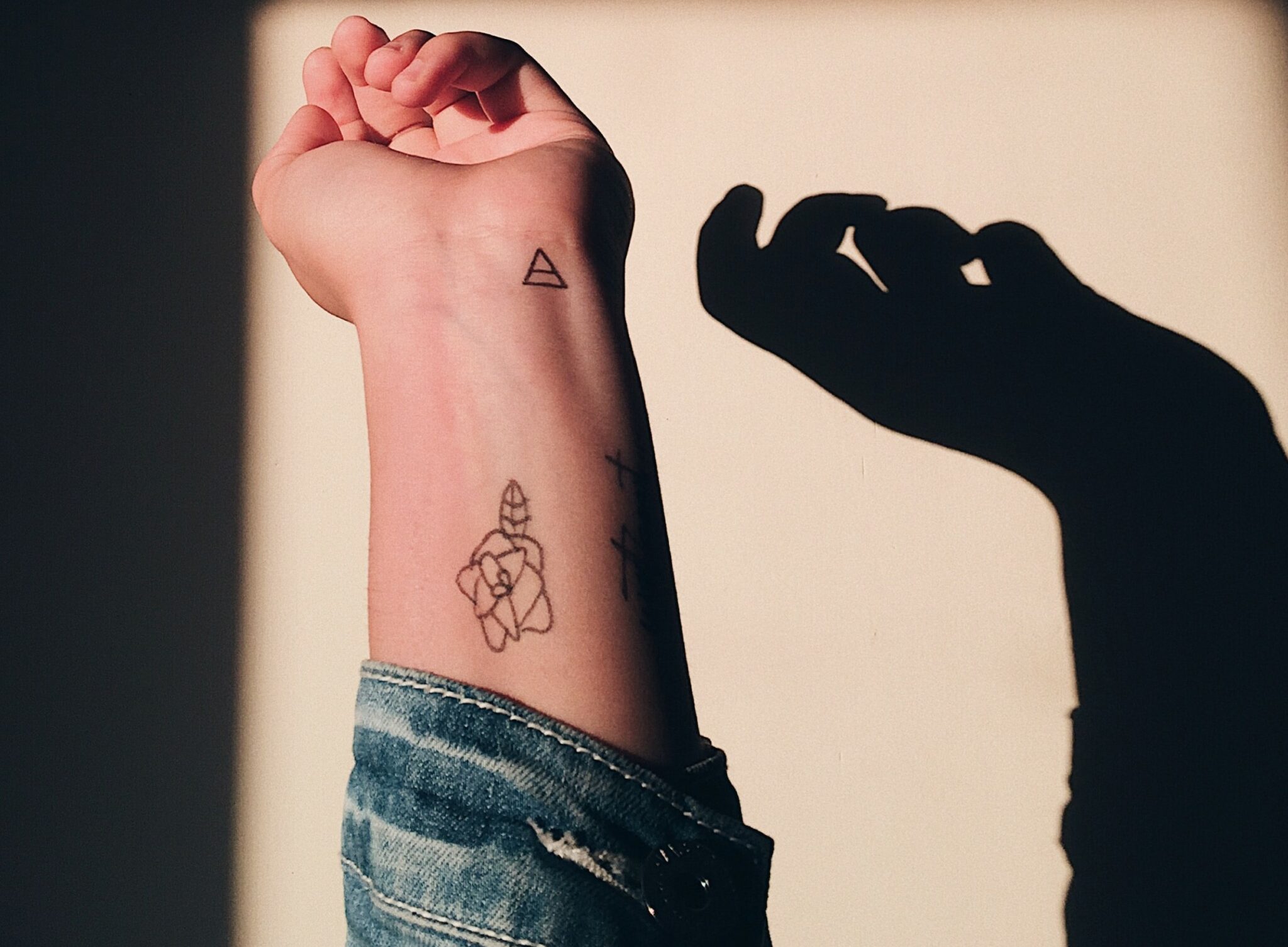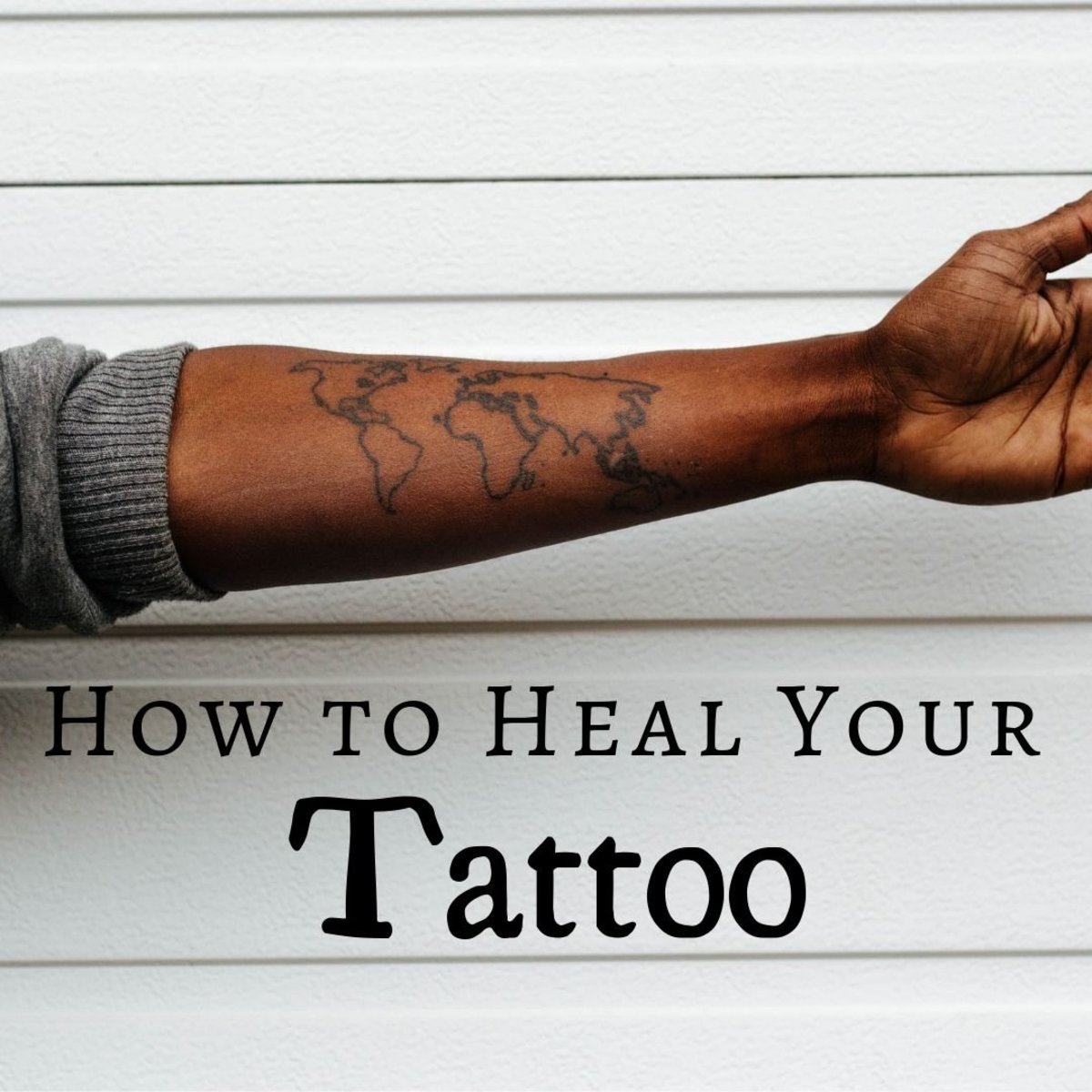
Okay, so you’re thinking about getting a large sunflower tattoo?
Awesome!
But where the heck do you put it?
I get it.
It’s a big decision.
You want it to look amazing, right?
Not awkward or out of place.
Let’s dive into the best placement options for your new ink.
Finding the Perfect Spot: Large Sunflower Tattoo Placement Ideas
First things first, consider the size and shape of your sunflower design.
Is it a single bloom?
Or a whole field of them?
This will seriously impact where it looks best.
Here are some popular and visually striking options:
Back Piece Sunflowers
The back is a classic canvas for large tattoos.
Think full back, upper back, or even just one shoulder blade.
- Full Back: This gives you the most space to work with. You could have a super detailed sunflower with intricate shading and maybe even some buzzing bees.
- Upper Back: A sunflower placed between your shoulder blades can be incredibly elegant, especially if you have a dress or top that shows it off.
- Shoulder Blade: One big bloom on a shoulder blade looks amazing, especially in summer when you’re wearing tank tops.
A friend of mine, Sarah, has a huge sunflower sprawling across her upper back.
She says it makes her feel confident and strong.
Plus, it’s easy to cover up for work if needed.
Thigh Power: Sunflower Tattoos on the Thigh
The thigh is another excellent choice for a larger design.
It’s a good balance of visibility and concealability.
- Front Thigh: A sunflower here can look really bold and beautiful.
- Side Thigh: This placement allows for a more elongated or cascading design, maybe with vines or leaves trailing down.
- Back Thigh: A bit more hidden, but still a great option if you want something a little more private.
Remember, thigh tattoos can be a bit more painful, so be prepared!
Arm Candy: Sunflower Tattoos on the Arm
Arms are always a popular choice, but for a large sunflower, you’ll need to think strategically.
- Full Sleeve (or Half Sleeve): If you’re going all out, incorporate your sunflower into a larger sleeve design. This gives you tons of room for creativity.
- Upper Arm: A large sunflower on the upper arm can look powerful and striking.
- Inner Bicep: This is a slightly more discreet option, but still visible.
My cousin Mark has a half sleeve with a sunflower as the focal point.
It’s surrounded by other botanical elements and looks incredible.
He says he loves how he can show it off or cover it up depending on the situation.
Torso Tattoos: Sunflower Placement on Your Ribs or Stomach
These areas can be a little more sensitive, but the results can be stunning.
- Rib Cage: A sunflower cascading down the ribs can be really beautiful, especially if you have a slender frame.
- Stomach: This area is more challenging due to the shape of the body, but a well-placed sunflower can look amazing.
Important Note: Rib and stomach tattoos are known to be among the most painful.
Considerations Before You Commit
Before you book that appointment, here are a few things to keep in mind:
- Pain Tolerance: Some areas are more painful than others. Be honest with yourself about your pain tolerance.
- Skin Tone: Certain colors and styles look better on different skin tones. Consult with your tattoo artist.
- Lifestyle: Consider your lifestyle and whether you need to be able to easily cover up your tattoo.
- Future Plans: Think about how your tattoo might look as you age. Skin changes over time.
FAQ About Large Sunflower Tattoos
-
Q: Will a large sunflower tattoo stretch over time?
A: Potentially, especially if placed on areas prone to weight fluctuations, like the stomach or thighs. Talk to your artist about design considerations.
-
Q: How much does a large sunflower tattoo cost?
A: The price varies greatly depending on size, detail, artist experience, and location. Get quotes from multiple artists.
-
Q: How long does a large sunflower tattoo take to heal?
A: Typically, 2-4 weeks for the surface to heal, and several months for the deeper layers. Follow your artist’s aftercare instructions carefully.
-
Q: What are some other design elements that go well with sunflower tattoos?
A: Bees, butterflies, leaves, vines, quotes, and other floral elements all complement sunflowers beautifully.
Ultimately, the best placement for your large sunflower tattoo is the one that feels right for you.
Do your research, talk to your artist, and choose a design and placement that you’ll love for years to come.






















